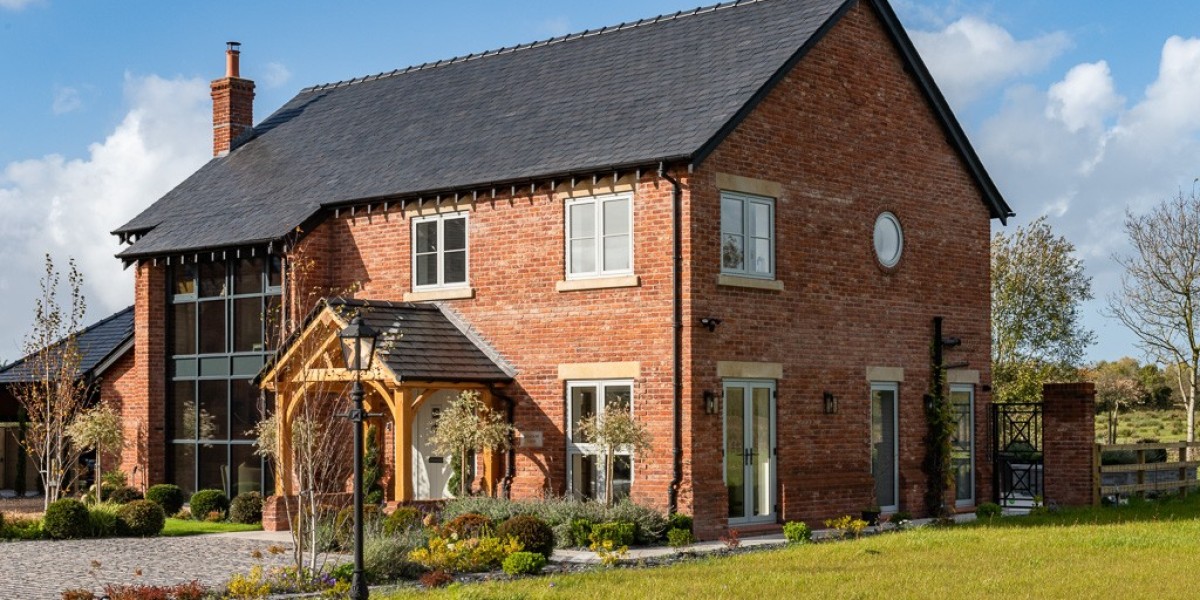In the realm of modern architecture, the choice of materials plays a pivotal role in determining the aesthetic appeal, energy efficiency, and durability of buildings. Among the various materials available, aluminium has emerged as a leading choice for Window Installation frames. This article explores the evolution of aluminium windows, their benefits, and their impact on contemporary architectural design.

The Evolution of Aluminium Windows
The use of aluminium in construction dates back to the early 20th century, but it wasn't until the post-World War II era that aluminium windows gained widespread popularity. Initially, aluminium was primarily used in commercial buildings due to its lightweight properties and resistance to corrosion. However, advancements in technology and manufacturing processes led to the development of more aesthetically pleasing and efficient aluminium window systems suitable for residential applications.
By the 1970s, the introduction of thermal break technology revolutionized aluminium windows. This innovation involved inserting a non-conductive material between the interior and exterior sections of the frame, significantly improving thermal insulation. As energy efficiency became a priority in building design, the demand for aluminium windows surged, leading to further refinements in design and performance.
Benefits of Aluminium Windows
- Durability and Longevity: One of the most significant advantages of aluminium windows is their durability. Unlike wood, which can warp, rot, or require frequent maintenance, aluminium is resistant to the elements. It does not rust, corrode, or fade over time, making it an ideal choice for various climates. With proper care, aluminium windows can last for decades, providing long-term value to homeowners and builders alike.
- Energy Efficiency: As energy costs continue to rise, the importance of energy-efficient building materials cannot be overstated. Modern aluminium windows are designed with thermal efficiency in mind. The use of thermal breaks, combined with double or triple glazing options, helps to minimize heat transfer, keeping homes cooler in the summer and warmer in the winter. This not only enhances comfort but also reduces energy bills, contributing to a more sustainable lifestyle.
- Aesthetic Versatility: Aluminium windows offer unparalleled design flexibility. They can be fabricated in a wide range of shapes, sizes, and finishes, allowing architects and designers to create unique and visually appealing structures. The sleek lines and minimalist profiles of aluminium frames complement contemporary architectural styles, while the ability to powder-coat or anodize the surface allows for a variety of colors and textures. This versatility makes aluminium windows suitable for both modern and traditional buildings.
- Low Maintenance: Homeowners appreciate the low maintenance requirements of aluminium windows. Unlike wooden frames that may need regular painting or staining, aluminium windows require minimal upkeep. A simple wash with soap and water is usually sufficient to keep them looking new. Additionally, the powder-coated finishes are resistant to chipping and fading, ensuring that the windows retain their appearance over time.
- Eco-Friendly Options: As sustainability becomes a focal point in construction, aluminium windows are increasingly being produced with eco-friendly practices in mind. Aluminium is a highly recyclable material, and many manufacturers are committed to using recycled content in their products. This not only reduces the environmental impact of production but also aligns with the growing demand for sustainable building materials.
- Security Features: Safety and security are paramount when it comes to windows. Aluminium windows can be designed with robust locking mechanisms and reinforced frames, providing enhanced security for homes and commercial properties. The strength of aluminium makes it difficult to break or force open, offering peace of mind to homeowners and building occupants.
The Impact on Architectural Design
The integration of aluminium windows into architectural design has transformed the way buildings are conceived and constructed. The ability to create large expanses of glass without compromising structural integrity has led to the rise of open-plan living spaces and an increased emphasis on natural light. Architects are now able to design facades that blur the lines between indoor and outdoor spaces, enhancing the overall experience for occupants.
Furthermore, the use of aluminium windows has facilitated the trend towards sustainable architecture. With energy-efficient designs becoming a standard in new constructions, aluminium windows contribute to achieving green building certifications such as LEED (Leadership in Energy and Environmental Design). This alignment with sustainability goals has made aluminium windows a preferred choice for environmentally conscious builders and homeowners.
Challenges and Considerations
Despite their numerous advantages, aluminium windows are not without challenges. One common concern is their thermal conductivity. While thermal breaks have significantly improved insulation, some homeowners may still find that aluminium windows can feel cold to the touch in colder climates. To mitigate this, it is essential to choose high-quality products with effective thermal performance ratings.
Another consideration is the initial cost of aluminium windows, which can be higher than some other materials, such as vinyl. However, when factoring in their longevity, durability, and low maintenance requirements, aluminium windows often prove to be a cost-effective investment over time.
Conclusion
Aluminium windows have come a long way since their inception, evolving into a preferred choice for both residential and commercial applications. Their durability, energy efficiency, aesthetic versatility, and low maintenance requirements make them an attractive option for modern architectural design. As the demand for sustainable building practices continues to grow, aluminium windows are poised to play an increasingly significant role in the future of construction. Embracing the benefits of aluminium windows not only enhances the functionality and beauty of a building but also contributes to a more sustainable and energy-efficient environment for generations to come.













